Explaining Bluetooth And NFC
Bluetooth and NFC have long made their way into mainstream cell phone and devices .But a lot of users don't really no the difference between both devices. As long as they serve our daily uses.
First let's explain the what is Bluetooth and NFC.
What is Bluetooth
Bluetooth is a similar radio-wave technology, but it's mainly designed for communicating over short distances less than about 10m or 30ft. Typically, you might use it to download photos from a digital camera to a PC, to hook up a wireless mouse to a laptop, to link a hands-free headset to your cellphone so you can talk and drive safely at the same time, and so on. Electronic gadgets that work this way have built-in radio antennas (transmitters and receivers) so they can simultaneously send and receive wireless signals to other Bluetooth gadgets. Older gadgets can be converted to work with Bluetooth using plug-in adapters (in the form of USB sticks, PCMCIA laptop cards, and so on). The power of the transmitter governs the range over which a Bluetooth device can operate and, generally, devices are said to fall into one of three classes: class 1 are the most powerful and can operate up to 100m (330ft), class 2 (the most common kind) operate up to 10m (33ft), and class 3 are the least powerful and don't go much beyond 1m (3.3ft).
How Does Bluetooth Work?
Bluetooth sends and receives radio waves in a band of 79 different frequencies (channels) centered on 2.45 GHz, set apart from radio, television, and cellphones, and reserved for use by industrial, scientific, and medical gadgets. Don't worry: you're not going to interfere with someone's life-support machine by using Bluetooth in your home, because the low power of your transmitters won't carry your signals that far! Bluetooth's short-range transmitters are one of its biggest plus points. They use virtually no power and, because they don't travel far, are theoretically more secure than wireless networks that operate over longer ranges, such as Wi-Fi. (In practice, there are some security concerns.)
“Bluetooth devices automatically detect and connect to one another and up to eight of them can communicate at any one time. "
Quite Interesting. Isn't it?
They don't interfere with one another because each pair of devices uses a different one of the 79 available channels. If two devices want to talk, they pick a channel randomly and, if that's already taken, randomly switch to one of the others (a technique known as spread-spectrum frequency hopping). To minimize the risks of interference from other electrical appliances (and also to improve security), pairs of devices constantly shift the frequency they're using—thousands of times a second.
When a group of two or more Bluetooth devices are sharing information together, they form a kind of ad-hoc, mini computer networkcalled a piconet. Other devices can join or leave an existing piconet at any time. One device (known as the master) acts as the overall controller of the network, while the others (known as slaves) obey its instructions. Two or more separate piconets can also join up and share information forming what's called a scatternet.
What is NFC
NFC stands for Near-Field Communication and allows phones, tablets, and laptops to share data with other NFC-equipped devices. The technology evolved from radio-frequency identification (RFID) tech. RFID is behind those security scan cards that get you into the office every day or bypass that tollbooth on your morning commute.
NFC is very much like RFID, but NFC is limited to communication within about four inches, which is why you have to hold your phone so close to the contactless reader if you’re using Apple Pay or Samsung Pay. Most people consider NFC’s small radius a major security benefit and it’s one of the reasons that NFC is taking off as a secure alternative to credit cards. The technology can be used for more than making purchases at Bloomingdales, however. NFC can transfer data like videos, contact information, and photos between two NFC-enabled devices.
How does NFC work?
Unlike Bluetooth, NFC doesn’t require any kind of manual pairing or device discovery to transfer data. With NFC, a connection is automatically started when another NFC device enters into that previously specified four-inch range. Once in range, the two devices instantaneously communicate and send prompts to the user. There’s huge potential with NFC. Listed below are three major ways we already use NFC between devices.
The Difference Between Bluetooth and NFC
One of the major differences between NFC and Bluetooth is ts range because Bluetooth can work from 10 to 100 meters while NFC is typically good when the 2 devices are no more than 20 centimeters apart. This is actually by design as NFC is only meant to work when the two devices are brought close to each other.
Another difference between the two is speed. Bluetooth may not be quite good enough for networking with just over 2 Mbps, it is good enough for sending a photo to another phone or to your laptop. In contrast, NFC has a speed comparable to a snail’s pace at just over 400 kbps. Again, this is by design as NFC was never meant to facilitate the transfer of files and such.
With its slow speed and short range, NFC doesn’t really need a powerful radio unlike Bluetooth. This allows NFC to consume as little power as possible so it can be left on at all times and not affect the phone’s battery by that much.
Advantage of NFC over Bluetooth is its hassle-free approach to connections. With Bluetooth, you need to turn it on first, find the device, pair them together, then you can do what you want to do. With NFC, bringing the two devices within range is enough to facilitate the communication between the two.
Lastly, there is the ability of NFC to work with passive RFID tags like the ones used on dogs. So if implemented properly, you can use your Smartphone to read the ID of a lost dog to identify its owner. Bluetooth is not compatible with RFID and cannot work in the same way.
The many distinct differences between NFC and Bluetooth can be easily explained by their specific functions. Bluetooth is meant for prolonged connections with other devices like computers, headsets, keyboards, and other mobile phones. Fast data speeds and an acceptable range are necessary for its operation. NFC is not really meant for continuous data transfer. Instead, it is meant for short bursts of data to read tags. The applications where NFC can be applied include: payment systems, ID systems, and other similar applications.
In Conclusion
- NFC has a much shorter range than Bluetooth.
- Bluetooth is much faster than NFC.
- Bluetooth consumes more power than NFC.
- Bluetooth requires devices to be paired while NFC does not.
- NFC works with passive devices while Bluetooth does not.
- NFC has a different set of uses than Bluetooth.
Thanks for visiting my page.
Leave a comment below if you find the topic helpful. Don't forget to Upvote and Follow @jaybaba. Best Regards @jaybaba*
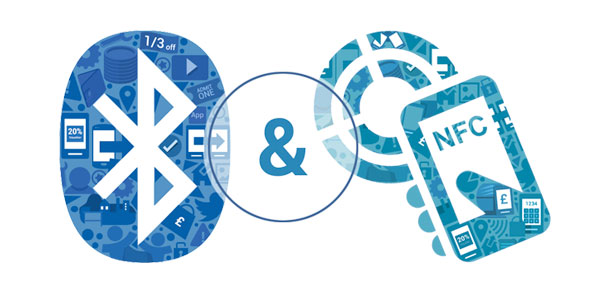
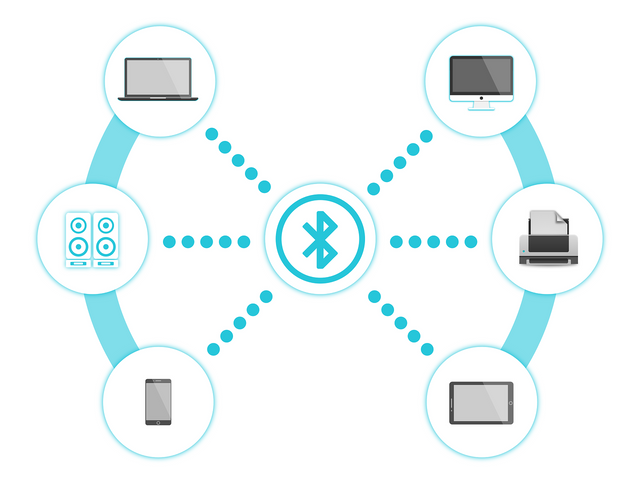
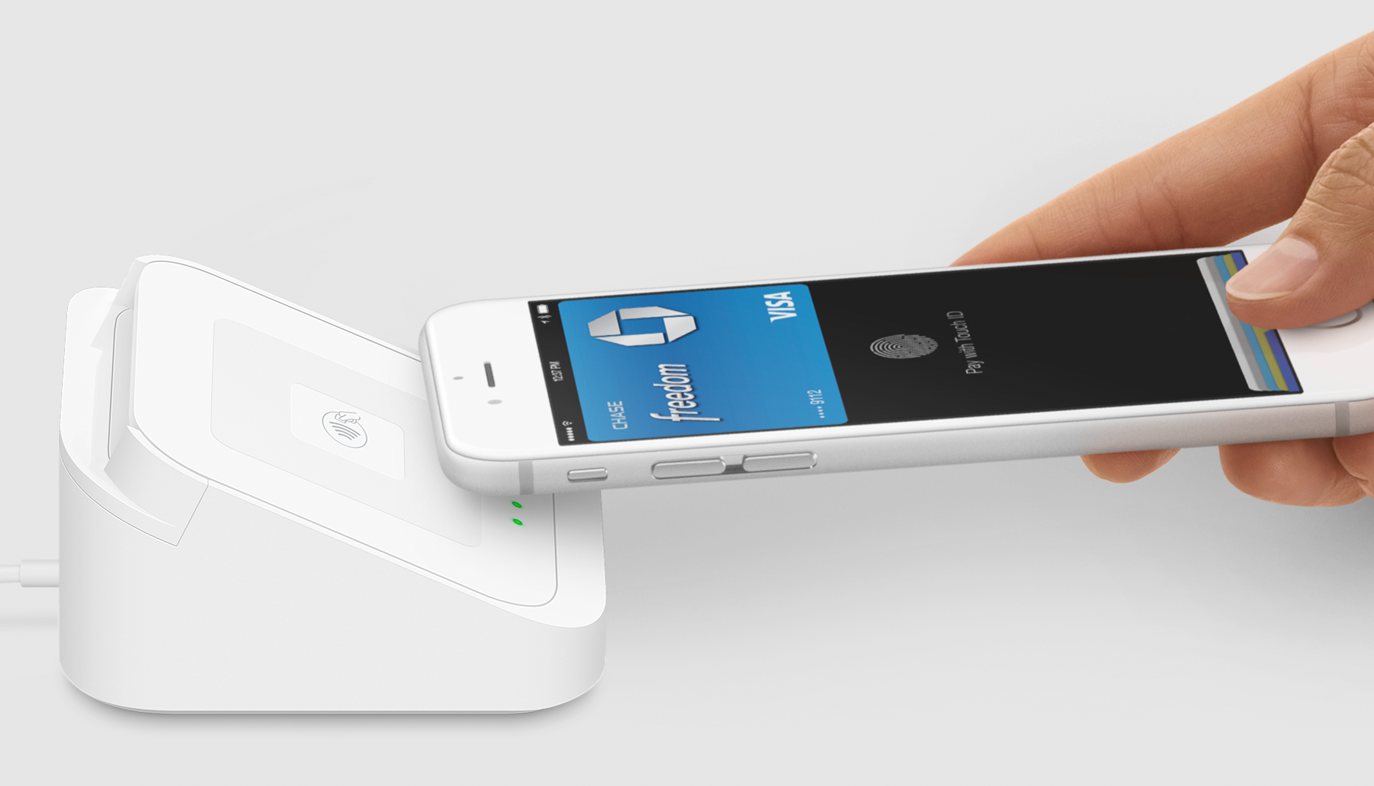

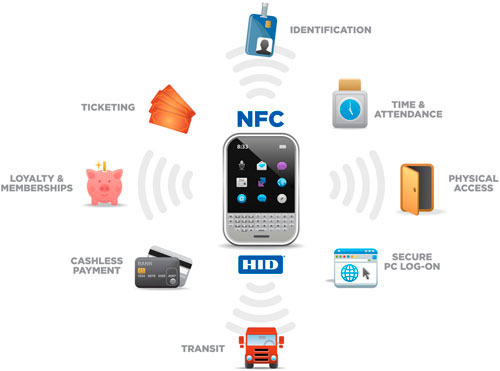
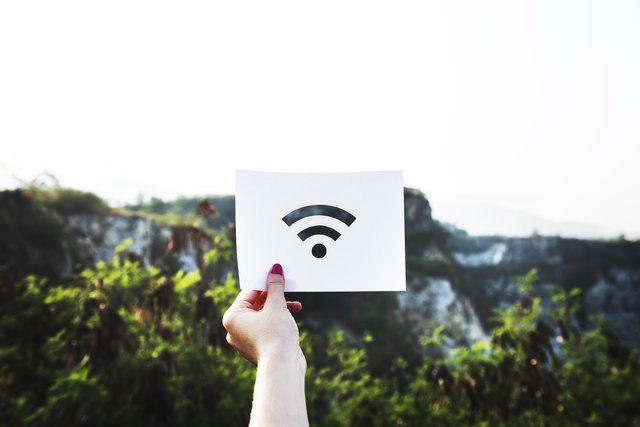

Bluetooth and NFC, or Near Field Communication, are wireless communication technologies that facilitate seamless data exchange between devices. Bluetooth connects devices over short to medium ranges, enabling tasks like file sharing and hands-free communication. NFC, on the other hand, operates over extremely short distances, making it ideal for quick transactions. These technologies have diverse applications, from connecting smartphones to speakers to facilitating contactless payments. Additionally, advancements like Bluetooth-enabled otc hearing aids showcase their adaptability in enhancing accessibility and functionality across various domains.